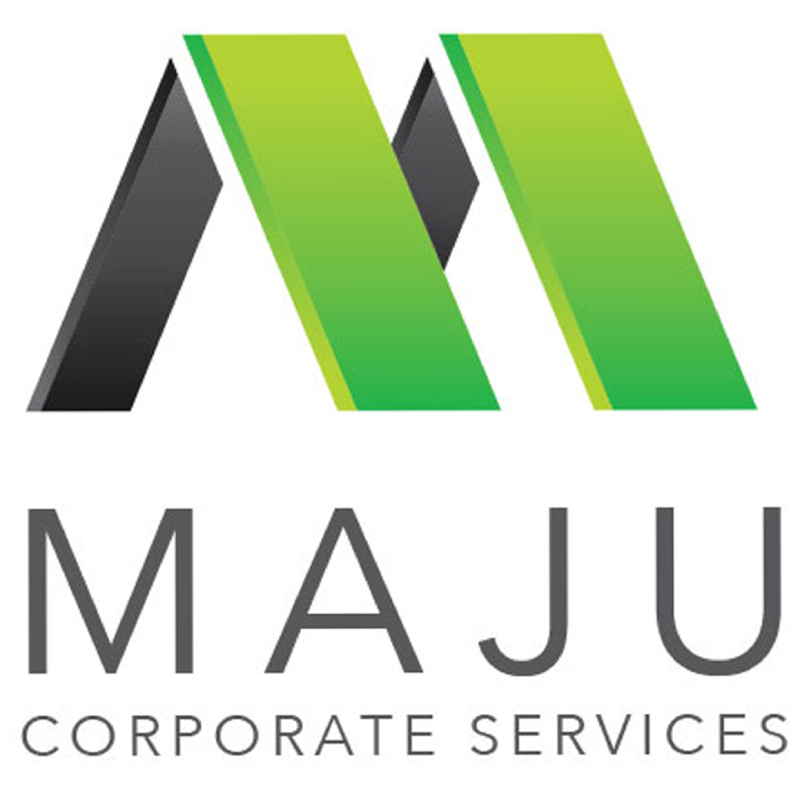The maximum MediSave contribution limit for self-employed persons (SEPs) in Singapore was S$37,740 per year. The Self-Employed Scheme aims to encourage SEPs to save for retirement and healthcare needs within this limit. Here’s how the scheme encourages savings:
- Mandatory MediSave Contributions: SEPs are required to contribute a portion of their net trade income to their MediSave accounts. The contribution rates are determined by the CPF Board. These mandatory contributions ensure that SEPs allocate a portion of their earnings towards their healthcare savings.
- Voluntary Contributions: SEPs have the option to make voluntary MediSave contributions beyond the mandatory amounts. These voluntary contributions allow SEPs to save additional funds for healthcare needs and increase their MediSave balances. The exact limits and regulations for voluntary contributions should be verified with the CPF Board.
- Supplementary Retirement Scheme (SRS): While the SRS is primarily targeted at employees, self-employed individuals can also participate. By contributing to an SRS account, SEPs can enjoy tax benefits and enhance their retirement savings beyond the limits of the MediSave scheme.
- Personal Savings and Investments: SEPs are encouraged to practice personal savings and investments to supplement their retirement funds. By setting aside a portion of their income and making wise investment choices, SEPs can build a diversified portfolio that can generate long-term growth and financial security during retirement. Seeking guidance from a financial advisor can help develop a suitable investment strategy.
- Insurance Coverage: SEPs should prioritize obtaining adequate insurance coverage to protect themselves and their dependents from healthcare expenses and unforeseen circumstances. This includes health insurance, critical illness coverage, and other relevant insurance policies. Appropriate insurance coverage helps mitigate financial risks associated with healthcare needs.
- Financial Planning and Regular Review: SEPs should engage in comprehensive financial planning, set retirement goals, create budgets, and regularly review their progress. Periodic assessments of their financial plans ensure that their savings and investments align with their retirement and healthcare needs. Adjustments and optimization of strategies can be made as necessary.

